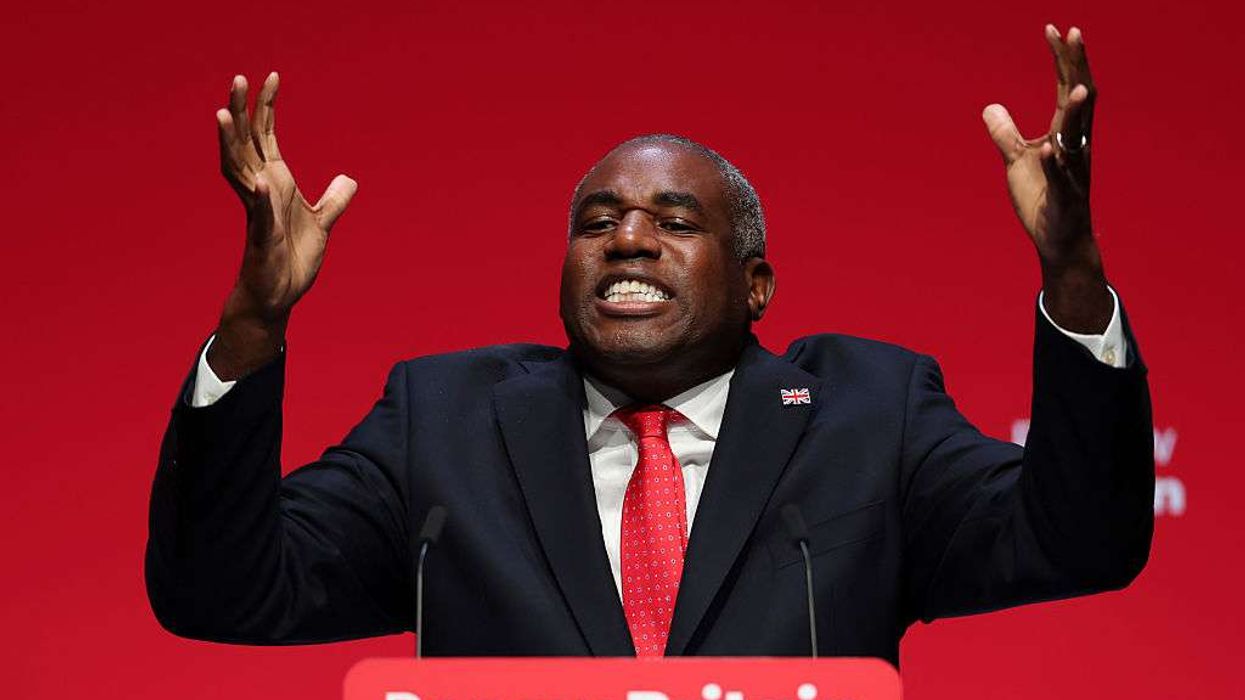Whenever we experience any kind of pain, we often rush to pop a painkiller in order to alleviate the pain quickly. But according to experts, doing this may not be the best way to make the medicine work faster.
In a study published in the Physics of Fluids, scientists have found that your posture could affect how fast your stomach absorbs painkillers/drugs that are taken orally, the Mirror reports.
According to the study, it’s best to lie down laterally on your right side when taking a tablet.
When you lie on your left side, the stomach’s exit into the duodenum (the first part of the small intestine) is reportedly at its highest point. In this position, the rate at which a drug leaves the stomach and enters into the bloodstream is significantly reduced, informs the Guardian.
For the study, scientists reportedly used a state-of-the-art biomimetic simulator called a "StomachSim" – a computer simulation of a human stomach based on MRI imaging. In this case, scientists used the modelling data of the stomach of a 34-year-old male known as “Duke” the Guardian said.
According to the study, lying on the right side (in some cases) reportedly led to a doubling of the concentration of the active ingredient released.
Scientists say that the modelling is believed to be the first of its kind - to couple gastric biomechanics with pill movement and drug dissolution to quantify an active pharmaceutical ingredient passing through the pylorus (the opening of the stomach) into the duodenum, the Mirror states.
But what about those who stand and take their medicines? Scientists have mentioned that standing and taking the medicine is certainly better than lying on your left.
According to the experts, standing and leaning back a bit is better still, the Guardian reports. But after testing a variety of postures on the StomachSim, it was found that lying on your right side is the best way to take a painkiller.
In case you’re wondering if this holds true for all the different kinds of pills you might take…the answer is a bit complicated. The Guardian informs that some pills are designed to release their active ingredient slowly, others quickly, so hastening dissolution is not always a good thing.
Study co-author Professor Rajat Mittal, of Johns Hopkins University, is reported to have said, "Oral administration is surprisingly complex despite being the most common choice for drug administration.
"When the pill reaches the stomach, the motion of the stomach walls and the flow of contents inside determine the rate at which it dissolves. The properties of the pill and the stomach contents also play a major role.
"However, current experimental or clinical procedures for assessing the dissolution of oral drugs are limited in their ability to study this, which makes it a challenge to understand how the dissolution is affected in different stomach disorders, such as gastroparesis, which slows down the emptying of the stomach."
There are also a lot of other factors involved, the Guardian says. This includes stomach contents, stomach motility, and gastric fluid dynamics. “In particular,” the study says, “stomach contractions induce pressure and shear forces that generate complex pill trajectories.”
Prof Mittal adds, "This results in varying rates of pill dissolution and non-uniform emptying of the drug into the duodenum and, sometimes, gastric dumping in the case of modified-release dosage.
"Together, these issues pose several challenges for the design of drug delivery."














